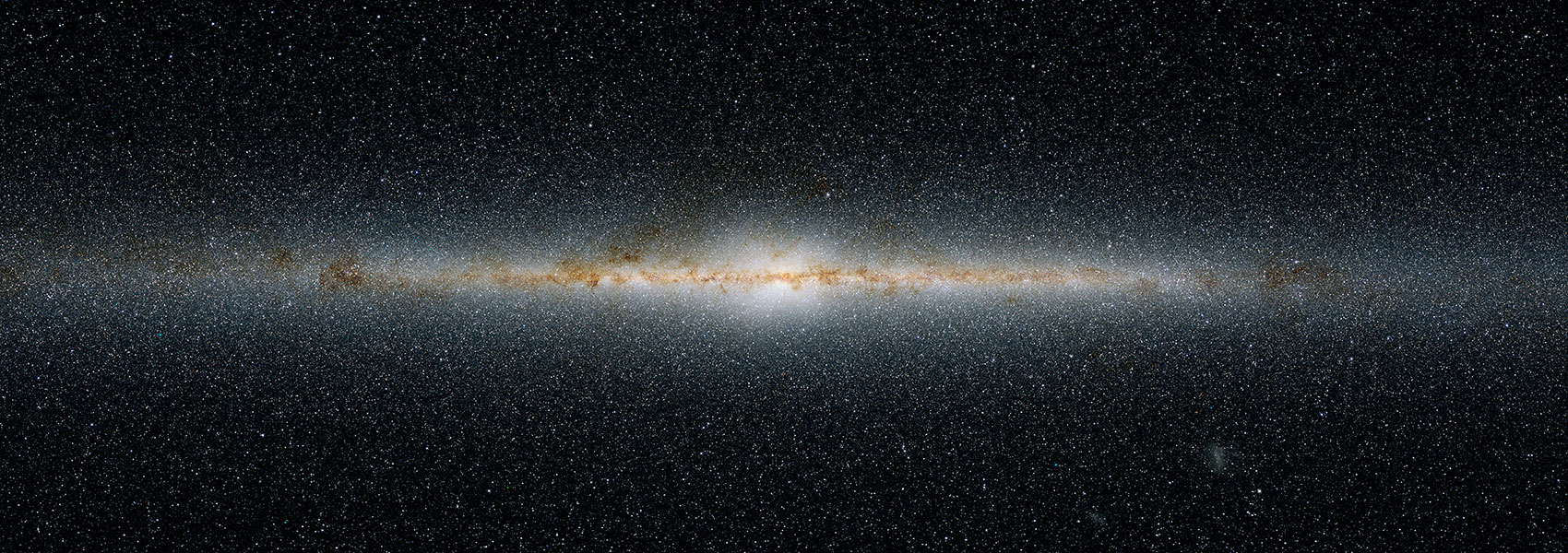December
2015
•
2015MNRAS.454.1393S
Authors
•
Stark, Daniel P.
•
Walth, Gregory
•
Charlot, Stéphane
•
Clément, Benjamin
•
Feltre, Anna
•
Gutkin, Julia
•
Richard, Johan
•
Mainali, Ramesh
•
Robertson, Brant
•
Siana, Brian
•
Tang, Mengtao
•
Schenker, Matthew
Abstract
•
We present Keck/MOSFIRE observations of UV metal emission lines in four bright (H = 23.9-25.4) gravitationally lensed z ≃ 6-8 galaxies behind the cluster Abell 1703. The spectrum of A1703-zd6, a highly magnified star-forming galaxy with a Lyα redshift of z = 7.045, reveals a confident detection of the nebular C IV λ1548 emission line (unresolved with full width at half-maximum<125 km s-1). UV metal emission lines are not detected in the three other galaxies. At z ≃ 2-3, nebular C IV emission is observed in just 1 per cent of UV-selected galaxies. The presence of strong C IV emission in one of the small sample of galaxies targeted in this paper may indicate that hard ionizing spectra are more common at z ≃ 7. The total estimated rest-frame equivalent width of the C IV doublet and C IV/Lyα flux ratio are comparable to measurements of narrow-lined AGNs. Photoionization models show that the nebular C IV line can also be reproduced by a young stellar population, with very hot metal-poor stars dominating the photon flux responsible for triply ionizing carbon. Regardless of the origin of the C IV, we show that the ionizing spectrum of A1703-zd6 is different from that of typical galaxies at z ≃ 2, producing more H ionizing photons per unit 1500 Å luminosity (log(ξion/erg- 1 Hz) = 25.68) and a larger flux density at 30-50 eV. If such extreme radiation fields are typical in UV-selected systems at z ≳ 7, it would indicate that reionization-era galaxies are more efficient ionizing agents than previously thought. Alternatively, we suggest that the small sample of Lyα emitters at z ≳ 7 may trace a rare population with intense radiation fields capable of ionizing their surrounding hydrogen distribution. Additional constraints on high-ionization emission lines in galaxies with and without Lyα detections will help clarify whether hard ionizing spectra are common in the reionization era.
Links




